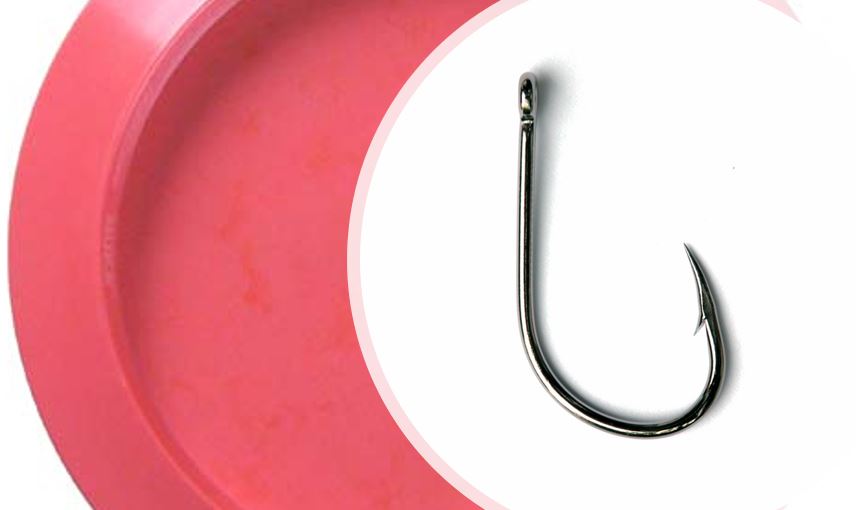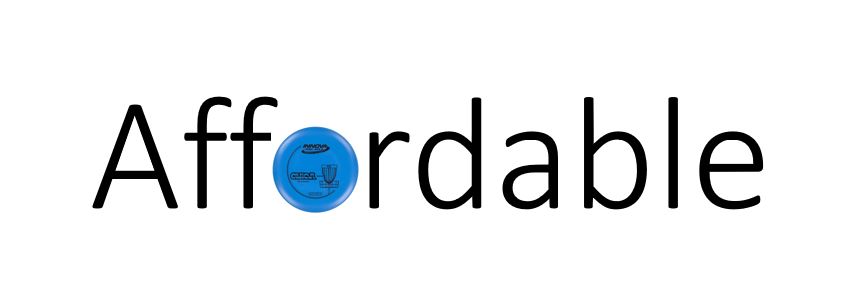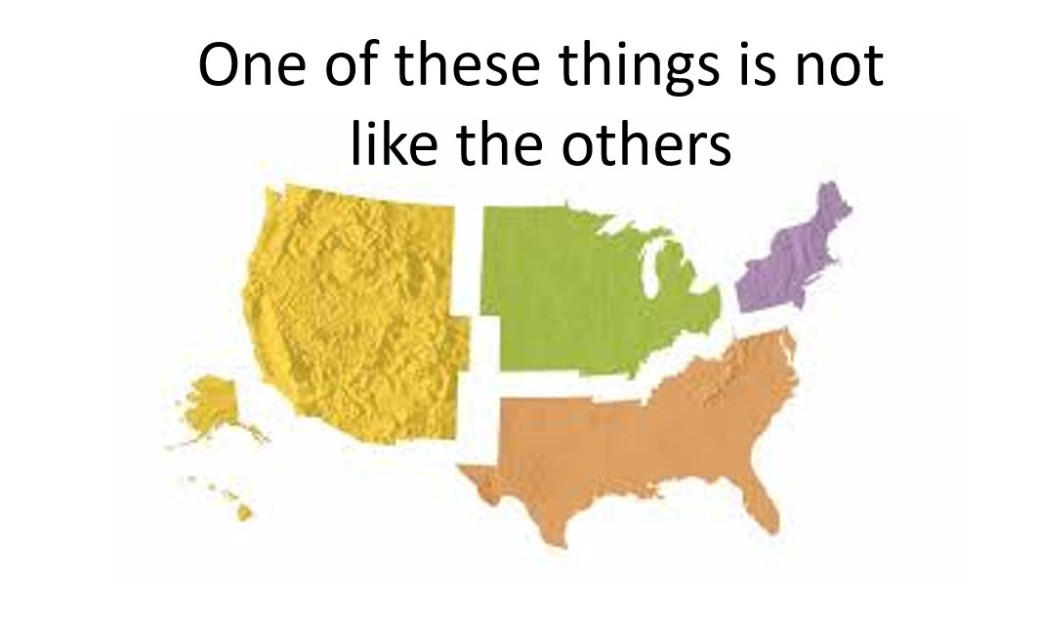By Josh Woods ~

One of my best friends almost died from a disc-golf addiction.
He and I had recently discovered disc golf and were still in the honeymoon stage. Some days we’d play three rounds in the high hills of West Virginia under the hot summer sun.
Old men trying to relive their childhoods rarely ends well. This was no exception.
During one of our all-day adventures, my buddy nearly sweat himself into a low-sodium-induced delirium. He would later spend two nights in the hospital. Apparently, if you don’t replace the sodium you lose through sweating, your blood can become dangerously low in electrolytes.
On the other end of the disc-golf-obsession continuum, my seven-year-old daughter will only disc golf with me if I bribe her with a cherry Slurpee and a trip to the public swimming pool.
My daughter and buddy occupy opposite ends on the disc-golf spectrum. Between them lies players with varying levels of involvement in the sport. The question is, what explains this variance? Is everyone equally likely to catch the disc golf bug? What predicts people’s interest in disc golf, or the lack thereof?
Poking and Prying with a Purpose
I recently conducted a study to answer these questions. Here’s a quick take on our research method.
We randomly selected 2,551 individual profiles from all the disc golf groups on Facebook. We then collected publicly available demographic information on the profile holder and looked for signs of their involvement in disc golf.
Is the person a member of the PDGA? Does she have a disc-golf related profile or cover picture? Any disc golf stuff in her first ten timeline entries or page likes? How many disc golf groups does she belong to?
We compiled the answers to these questions in the Disc Golf Involvement Index. Using my own Facebook profile, I illustrated how it works in the image below. You can find more details about our method in a previous Parked post, as well as in a published journal article.

You might be thinking, what does Facebag have to do with disc golf? Just because someone joins a disc golf group or likes a page doesn’t mean they play disc golf.
This is a reasonable critique, but it doesn’t hold water.
Here’s why: We found a positive correlation between our subjects’ disc golf behaviors online and their PDGA ratings. Folks who spend lots of time in the click lands of disc golf social media tend to have higher PDGA ratings. In other words, while the Involvement Index is not a direct measure of disc golf participation, it’s a pretty good predictor of it.
So, what did we learn from the study? Here are three findings that deserve attention from anyone interested in growing the sport of disc golf.
1) The Disc Golf Bug is Color-Blind, but Not Gender-Blind
Everyone knows that women and racial minorities are hard to find on a disc golf course. Although Parked’s population estimate of 15 percent women is higher than that of previous studies, and two times greater than the percentage of women among PDGA members, a clear majority (85 percent) of disc golfers are men. And among the women who do play, they tend to be less involved in the sport than men.
Looking to the future, organizers should focus not only on attracting women to the sport, but also on strategizing ways to retain them and encourage greater involvement over time.
Making up about 9 percent of disc golfers, racial minorities are also underrepresented in the population of players. But there’s a silver lining in the case of race: The blacks, Latinos and Asians who play disc golf are just as involved as whites. That is, the average disc golf involvement scores of whites and racial minorities are nearly the same.
This finding suggests that race-related constraints are felt more so at the entry points of disc golf than at later points in the lives of minority players. Put differently, it may be a challenge to introduce disc golf to people of color, but once they’re in, they’re in.

2) Disc Golf is Among the Most Diverse American Sports in Terms of Age and Socio-Economic Status
Thirty-somethings are no strangers to the disc golf course. The average disc golfer is 33. About a third of the gen pop falls in each of these categories: 15-26, 27-35, and 36-63. To put this age diversity in context, the average American is 37, the average traditional golfer is 54, and the average esport pro is under 25.
Following the Goldilocks principle, the typical disc golfer is neither too young nor too old.
Based on the Involvement Index, older players tend to have more interest in the sport than younger players, which contradicts the stereotypical notion that youthful college students represent the typical, high-involvement disc golfer.

Disc golfers also appear to be socio-economically diverse. Only 36 percent of the sample reported at least some college education, whereas 59 percent of American adults have completed some college or more. Perhaps due to the affordability of the sport, there was no statistical difference on the Involvement Index between those with low and high levels of education.
3) There’s Something Weird Happening in the Midwest
Among the four U.S. Census regions, the Midwest has the largest per capita disc golfer population. Its size exceeds the populations in the Northeast, South and West by 50 to 100 percent. This may seem surprising, but previous studies have produced similar results.
More interesting is the fact that disc golfers from the Midwest exhibit significantly fewer online disc golf behaviors than players of the Northeast, South and West. Among the latter regions, there is no statistical difference in involvement levels.

Why is the Midwest a positive outlier in population size and a negative outlier in involvement? To be honest, I don’t know (yet). It’s possible that disc golf is growing especially fast in the Midwest. Midwestern disc golfers may be popping up like marigolds, but most are still new to the sport and therefore less involved. Future studies are needed to unravel disc golf’s Midwestern Paradox.
The Takeaway
This study cannot explain individual cases. Despite the months I spent on this project, I’m no closer to understanding why my daughter dislikes disc golf and my buddy nearly died for it.
But the findings do shed light on the general tendencies that are shaping the sport. Women are both underrepresented and less involved in disc golf than men. Racial minorities are underrepresented but equally involved as whites. Older disc golfers are more likely than younger ones to catch the disc golf bug, while the haves and the have nots have roughly equivalent levels of interest. The Midwest is the leader in population size, yet its disc golfers are less involved in disc golf than folks from the East, South and West.
Explaining why, exactly, these tendencies exist will be a challenge. But it’s one I hope to sort out soon.
~~~
If you’d like to support disc golf research, please like Parked on Facebook, subscribe to our newsletter by entering your email address below, and consider writing for us.
~~~
Parked is underwritten in part by a grant from the Professional Disc Golf Association.

The Midwestern involvement thing is easily explained. We are too damn busy throwing to be on Facebook all the time.
LikeLiked by 1 person
Well I’m 64 years old I’ve been playing golf for about 7 years sometimes it’s hard my age group to compete against with others so I just tell people my age to get out there and try it they’ll love it
LikeLiked by 1 person
Many of the midwest discgolfers especially in Michigan use Discgolf scene a lot, so if you’re measuring online activity by Facebook based metrics that might be an explanation of why they seem less online involved. I would bet that Michigan has the most discgolf scene usage in the US.
LikeLike